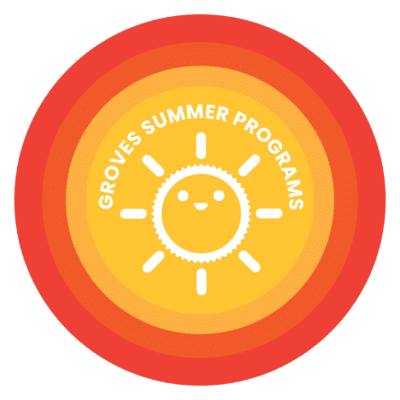Learning Library
The diagnosis of a learning disability will spark many questions. Groves Learning Organization has gathered these helpful tools to illuminate the subject and light the path forward for your family.
What Are Learning Disabilities?
According to the National Institutes of Health, learning disabilities are disorders that affect the ability to understand or use spoken or written language, do mathematical calculations, coordinate movements, or direct attention. Although learning disabilities occur in very young children, the disorders are usually not recognized until the child reaches school age. Research shows that 8–10% of American children under 18 years of age have some type of learning disability.
8–10% of American children have a learning disability
The most common treatment for learning disabilities is special education. Specially trained educators may perform a diagnostic educational evaluation assessing the child’s academic and intellectual potential and level of academic performance. Once the evaluation is complete, the basic approach is to teach learning skills by building on the child’s abilities and strengths while correcting and compensating for disabilities and weaknesses.
The State of Learning Disabilities Report
A report published by the National Center for Learning Disabilities is much more than a collection of facts. It provides an overview of what learning disabilities are, of the impact they have on the lives of children during the school-age years, and of the ways that they shape the rocky transition that teens and young adults all too frequently have when moving from school to postsecondary educational settings and the workplace.
Education Resources for Learning Disabilities
Groves Learning Organization recommends these organizations, groups, websites, and suggested reading materials as resources for you to find support and learn more about various aspects of learning disabilities.
